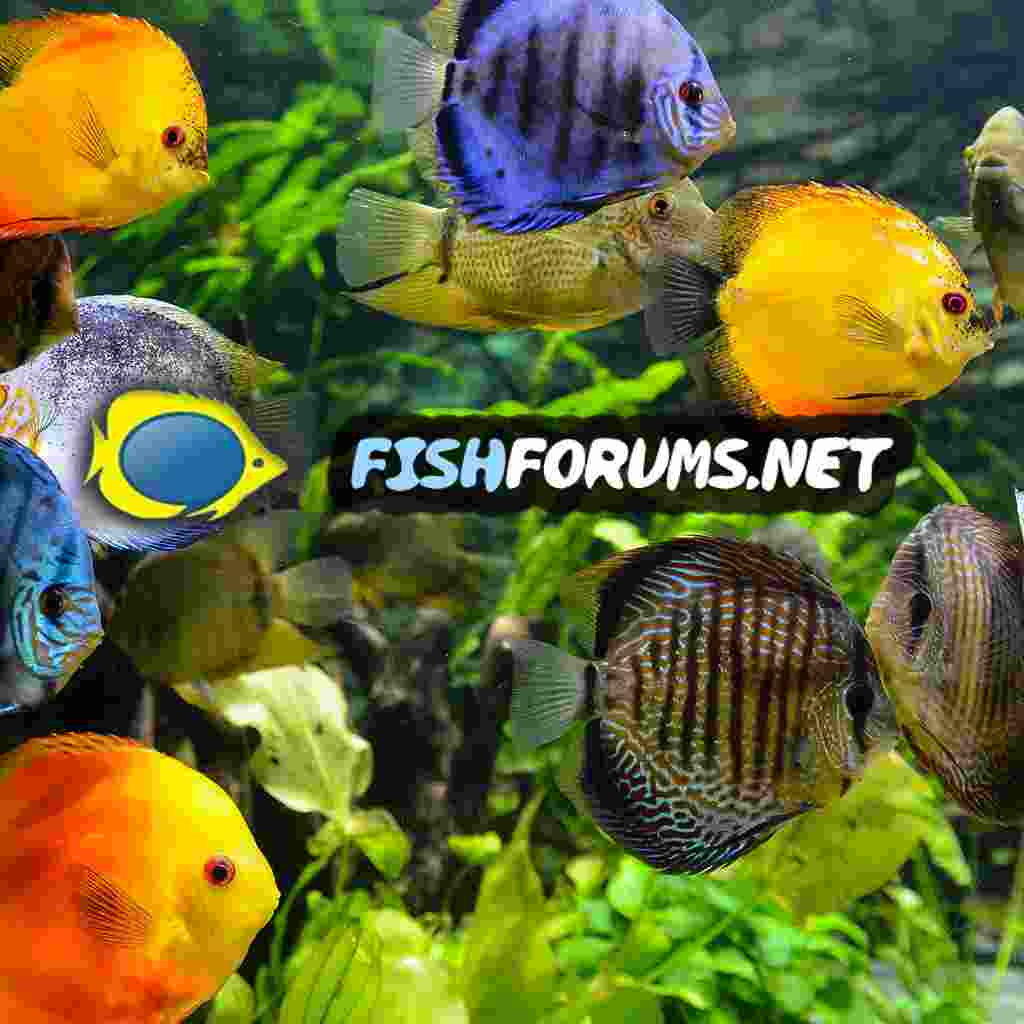Yes, more sience. But the best way to know how to deal with thinfs like this is to understand how and why they happen.
I have been using terra-cotta pots for plants in tanks for about 15 years, I have never had any issues with roots. My plants in pots grow to the surface, multiply and I have to split them and make a second pot. I also fertilize those plants with substrate ferts.
I know some folks like to dirt their planted tanks. I have never and will never do this becuase I have never seen a need to do so. I grow my plants in small sized gravel and mulm is my best friend. This thread is a good example why I do not use dirt.
If one likes to rescape, it means pulling plants out of the substrate and putting in something new. With dirted tanks this can get really messy and even worse.
Brown blood disease occurs in fish when water contains high nitrite concentrations. Nitrite enters the bloodstream through the gills and turns the blood to a chocolate-brown color. Hemoglobin, which transports oxygen in the blood, combines with nitrite to form methemoglobin, which is incapable of oxygen transport. Brown blood cannot carry sufficient amounts of oxygen, and affected fish can suffocate despite adequate oxygen concentration in the water. This accounts for the gasping behavior often observed in fish with brown blood disease, even when oxygen levels are rela-tively high.
Methyliene blue can reverse the above effects but is will stain the heck out of most things in a tank even the silicone seals. I have never used Meth. blue for nitrite as I never had a need, so I cannot help with dosing etc. Once the nitrite has entered the fish it will take a day or two to work its way out on it's own. However, this will not help if there is still nitrite in the water entering the fish. So water changes to lower nitrite only helps when there is no new nitrite being created and entering a fish. Years ago science discovered that chloride out competes with nitrite trying to pass through the fish gills and prevents it fro doing harm. In fact science states that any research into nitrite and fish mush document the levels of chloride in the water or such research has no real value.
Chloride is about 2/3 of that makes up salt (sodium chloride) which is why the salt is what can rescue a tank with nitrite. And this is also why salt water fish are way less endangered by nirtite in the water. The chloride from the salt protects them.
Some form of nitrogen is a great fertilizer, But ammonia NH3) in tanks with is not something nobody should add. So, most of the ferts we use in our tanksinstead either has urea or some compound with nitrate like potassium nitrate for ex. Read the ingredients in any comprehensive tank ferts and they usually tell you the source used for supplying nitrogen.
What is at the heart of all of this is our tanks are filled with a variety of microscopic organisms. Many are beneficial and some are not, However, we have no ability to assess what bacteria etc. may be present nor in what numbers. All we can see are the test results for the limited number of test kits we can have. The important factor in a lot of this is how fast different mircrooganisms can reproduce. The nirtifying rganisms reproduce pretty slowly relative to many of the "cousins." The bacteria that we see when we get a bllom that turns the water cloudy are a perfect exaample. They multiply at lightning fast rates compared to the nitrifiers. Under optimal conditions it takes the ammonia ones about 8 hours to double their numbers and the nitrite ones take more like 12-13.
The other part of all of this is oxygen. Most of what is in our tanks needs this, including the bacteria. Unless one has a planted substrate, most of the nitrifying bacteria in the any substrate can only exist in less than the top inch of it. However, in the case of what is reported in this thread, tipping over the glass container and spilling out the contents (here being dirt) expose what was in anoxic (very, very low O) areas to a much greater level of oxygen. And this does alter the reactions possible and can result in more ammonia which means more nitrite. The plants and algae and nitrifiers established cannot keep up with a rapidly increasing concentration to prevent fatal levels from building up.
In this case the ammonia spike was not seen and the ammonia was likely due to the daly between the tipping and the testing but the nitrite was slower to be handled and it was able to do the harm.
The reason for using chloride aka salt, for nitrite is that it effectively neutralizes it. But when it comes to ammonia there is nothing that does this. The best we can do is to convert the NH3 (ammonia) into its other form in water which ammonium (NH4). The latter is way less toxic and the bacteria are still able to use it but less efficiently than they can use ammonia. Moreover, the plants want ammonium and most plants can suffer from elevated levels of ammonia (NH3). How much ammonia may be bad for them varies by plant species.

 www.fishforums.net
www.fishforums.net

 www.fishforums.net
www.fishforums.net


